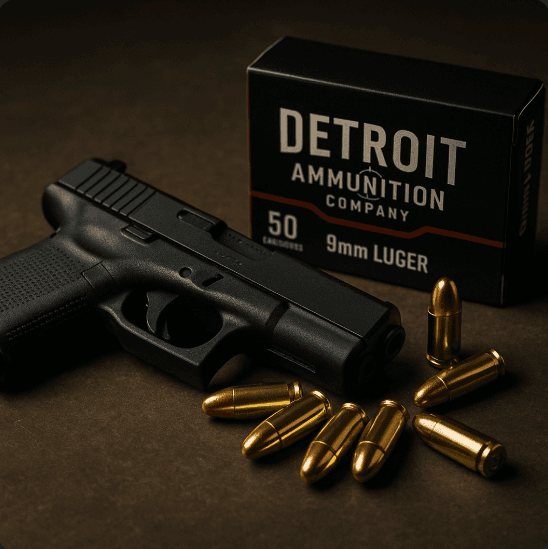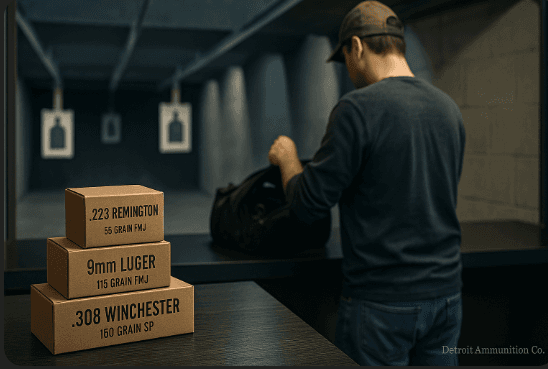How to Paint Your Rifle – DIY Guide
Posted Jul 2, 2020
Let’s face it, the standard black matte that you find on most factory-made rifles might be cool to look at, but doesn’t serve much practical purpose. It’s not a good camouflage pattern if you are out hunting, nor does it make the gun immediately attention-grabbing at the range.
Whether you want your gun to better blend in with your surroundings or do the very opposite and standout, there is no need to avail any costly service to have it painted. Here is a DIY guide on how to paint your rifle.
Step 1: Prepare Gun
Before applying any paint, make sure that your rifle is clean. Remove any dirt, dust, or grime that may have accumulated over the rifle. Use a cleaning agent that dries without leaving behind a residue. Because such chemicals can be potentially toxic, wear gloves, eye protection, and a mask while applying.
Note: If you only want to paint certain parts, it is best that you disassemble your gun first and only work on those components.
Step 2: Seal Any Vulnerable Parts
It is vital that you identify and tape off all moving parts of your gun before you paint it. This includes the safety, trigger, magazine catch, and forward assist. Tightly plug the barrel hole using modeling clay or form to prevent any paint from creeping into it.
Step 3: Test Your Paint
Before using the paint spray on your weapon, it might be a wise idea to first test it on another surface. Note how the results and make changes as needed. It will also help you identify any mistake that might’ve made while painting. Experiment with patterns and texture by adding leaves, twigs, and other items in your tests.
Step 4: Apply the Base Coat
To ensure the paint sticks and grant a more uniform finish, rough the surface with sandpaper before applying the base coat. Suspend the rifle in the air using a coat hanger or any other applicable item.
Hold the paint spray around one foot away from the gun and using light strokes, apply an even coating of a light color. Usually desert sand, or light khaki if you want a camo pattern or a plain while if you are after something more colorful.
Be sure to remember the paint product you are using is meant for guns and doesn’t require being baked to set the finish. After all, it is highly unlikely that you might have an oven big enough to house your rifle.
Step 5: Stenciling
While the coating dries, use the time to create stencils for the design you want for your gun. There are plenty of purpose materials you can use to create your stencils such as self-adhesive vinyl or Mylar. Create an outline of the design or pattern you want on the gun and cut out the needed gaps. You can apply the stencils before or after your second coat.
In addition, you can also use leaves and twigs for patterns as we discussed upon. Once you know the base coat is dry, simply stick it over it before applying the second spray.
Step 6: Final Touches
Once the second coat has also fully dried, you can apply a third color. Afterward, remove the stencils and, using a color darker than your base coat, gently mist the surface so that the patterns ‘blend’ with each other.
Step 7: Test Your Gun
Once you’re fully done with your painting process, it is time to remove the seals and test your gun to make sure everything is in order. If you spot any area when there has been an over-spray, simply use a rag and some brake cleaner to rub it off.
We hope you found this DIY guide useful. If you have any questions, feel free to drop them down in the comments below. Be sure to check out our shop catalog, as we offer quality ammunition and cartridges for every occasion.


